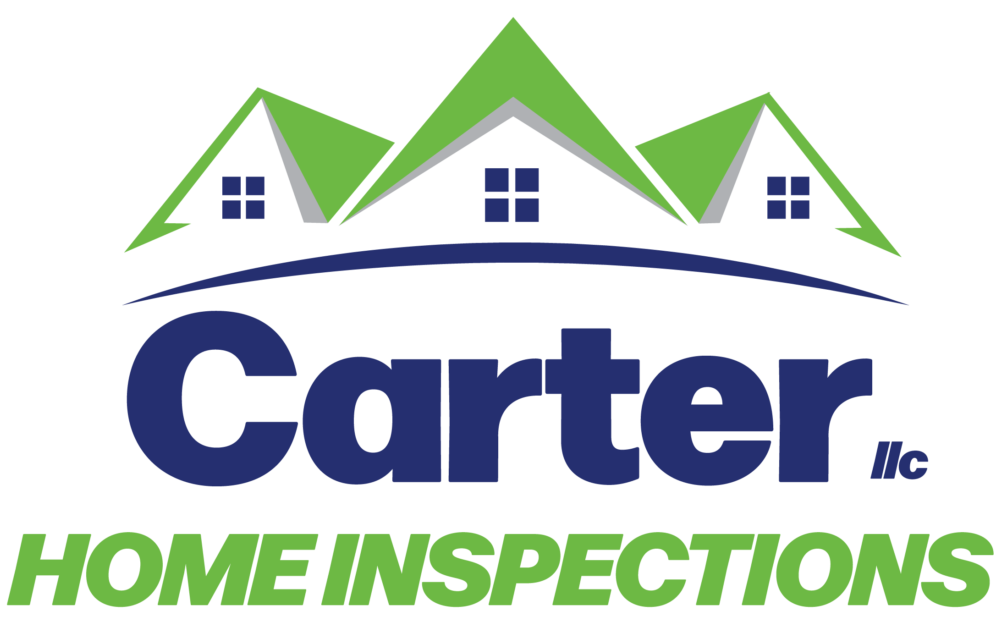
When people think about mold issues, many associate the problem with older homes. After all, those drafty windows, old plumbing, and hidden water leaks seem like the perfect breeding grounds for mold, right? While it’s true that older homes may be more prone to moisture-related problems due to their age, mold is not an issue exclusive to them. In fact, any home, regardless of its age, can develop mold under the right conditions.
Mold Can Thrive Anywhere
Mold requires three main ingredients to grow: moisture, warmth, and a food source (like wood, drywall, or carpeting). These elements can be found in any home—new or old. Newer homes, in some cases, might even be more vulnerable to mold due to tighter construction methods. These modern homes tend to be well-insulated and sealed to improve energy efficiency, but this can also trap moisture inside, especially if the ventilation system is inadequate. Moisture from everyday activities like cooking and bathing, can accumulate if there isn’t proper airflow.
Construction Materials Are Not Immune
Another misconception is that newer building materials are more resistant to mold. While some advancements have been made, most modern materials still rely on wood, gypsum, and other porous substances, all of which are prime targets for mold growth when exposed to moisture. A poorly sealed window in a brand-new home, for example, can lead to water intrusion and mold formation just as easily as in a century-old house.
Common Sources of Mold
Mold doesn’t discriminate based on the age of a house—it simply follows moisture. Leaking roofs, plumbing failures, condensation around windows, or improper grading that leads to water pooling near the foundation can occur in homes of any age. That means you should be vigilant about mold prevention and detection, regardless of your home’s age.
Preventative Measures
The best way to prevent mold is through proactive maintenance. Regularly check for water leaks, ensure your home is well-ventilated, and monitor indoor humidity levels. Keeping your home dry is the best defense against mold growth.
Conclusion
While older homes may have more obvious sources of moisture, newer homes are not immune to mold problems. Rather than focusing solely on a home’s age, the key to preventing mold is staying aware of potential moisture issues, whether your house is 100 years old or brand new.
